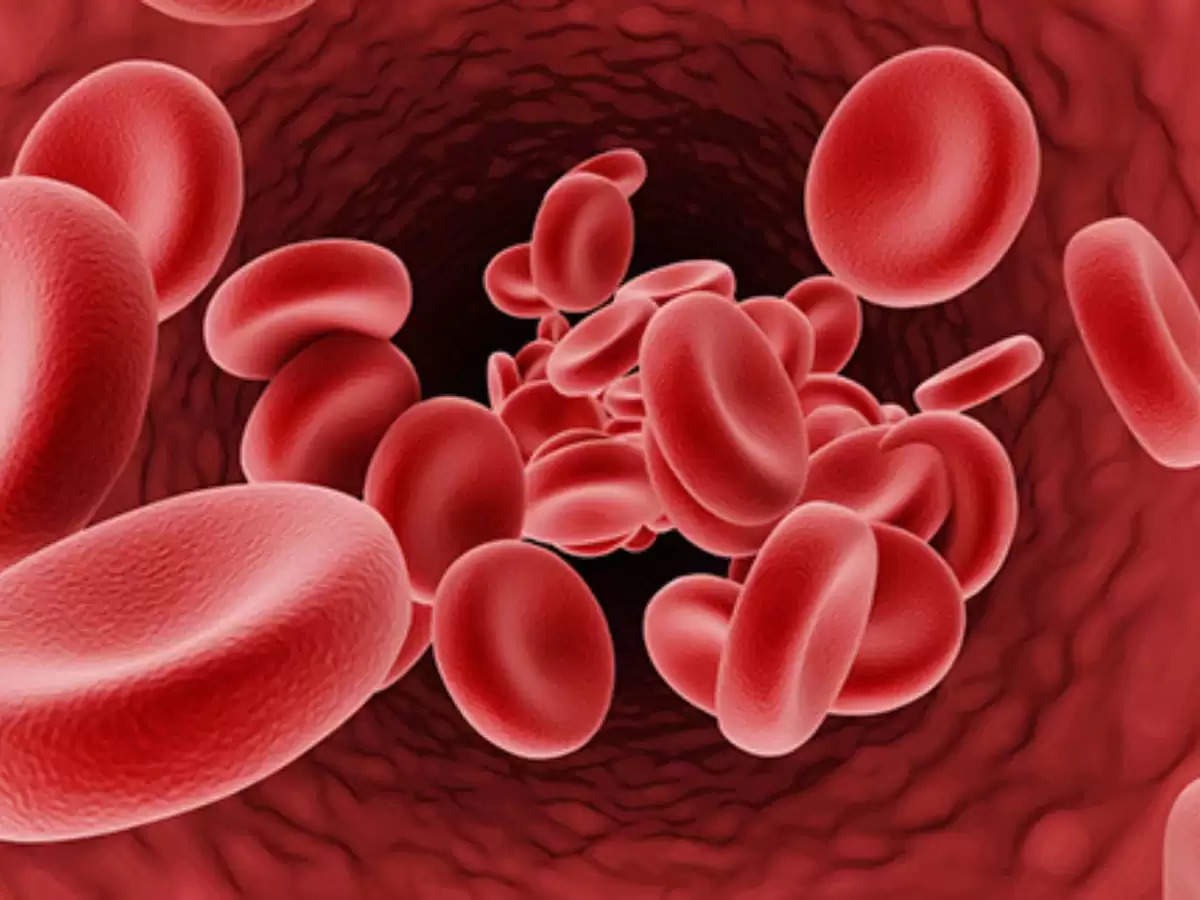
Thalassemia is a genetic disease related to blood, in which abnormal hemoglobin is formed. Hemoglobin is a protein found in red blood cells, which works to deliver oxygen to the body cells.

Thalassemia is a genetic blood disease in which abnormal hemoglobin is formed. Hemoglobin is a protein found in red blood cells, which works to deliver oxygen to the body cells. Due to lack of hemoglobin in thalassemia, the body does not get enough oxygen, which leads to anemia.
According to Dr. Vigyan Mishra, Lab Head, Newberg Diagnostics, Noida, awareness and timely diagnosis of this disease is very important. Let us understand the symptoms, causes, prevention and testing methods of Thalassemia in detail from Dr. Vigyan Mishra.
Symptoms of Thalassemia:
Fatigue: Feeling tired due to reduced ability to carry oxygen in the blood.
Weakness: Anemia and low number of red blood cells cause weakness in the body.
Pale skin: A common symptom of anemia.
Difficulty in breathing: Due to the body not getting enough oxygen, there may be difficulty in breathing.
Facial bone problems: In severe cases, especially in children, abnormalities in the facial bones may be seen.
Causes of Thalassemia
Thalassemia is caused by mutations in the gene that controls hemoglobin production. When this gene is defective, the body produces abnormal hemoglobin, which affects the formation of red blood cells.
Thalassemia prevention
Families with a family history of thalassemia should seek genetic counseling to understand their risk.
For couples with a family history, prenatal testing can detect whether the thalassemia gene is present in the fetus.
In PGD, embryos are tested for the thalassemia gene during in vitro fertilization.
Testing Methods for Thalassemia
Complete blood count (CBC): Measures the quantity and quality of red blood cells.
Hemoglobin electrophoresis: Identifies different types of hemoglobin, including abnormal forms, in the blood.
Genetic testing: Identifies the specific genetic mutation responsible for thalassemia.
Iron test: Determines the level of iron in the blood, which helps differentiate between thalassemia and iron deficiency anemia.
Bone marrow biopsy: This may be done to assess the severity of thalassemia and monitor the effectiveness of treatment.
 look news india
look news india